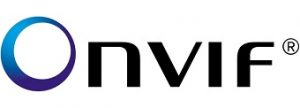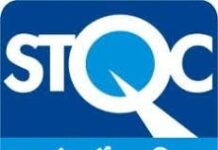
ONVIF has announced that it will end its support for Profile Q early next year since it contains certain specifications that are no longer consistent with current cyber security best practices.
Profile Q was developed to provide easy setup of a conformant device on an IP network. It requires a Profile Q conformant device to allow anonymous access to all ONVIF commands during the setup process in the factory default state. This does not follow current cyber security best practices, which recommend, among other things, that a network device require users to set passwords and other access rights before the device can be used. Since the specifications of a profile cannot be changed as it would impact interoperability between products that conform to a specific profile, Profile Q will be deprecated on March 31, 2022.
“ONVIF conformant products are used in a wide variety of industries and geographies, with different requirements when it comes to cyber security policies or best practices,” said Leo Levit, chairman of the ONVIF Steering Committee. “As these cyber threats evolve quickly, it’s important that users are aware of these best practices to ensure they are implementing cyber security measures that are appropriate for their organisation.”
ONVIF recommends following industry best practices and local regulations and staying informed about technology changes from the market. The ONVIF Network Interface Specifications have defined network protocols that include security elements such as TLS (Transport Layer Security), which allows ONVIF devices with that feature to communicate with clients across a network in a way that protects against eavesdropping and tampering. ONVIF specifications also cover the ONVIF Default Access Policy, which specifies that there should be different access classes to services based on different user roles. Manufacturers can implement these ONVIF specifications regardless of whether the specifications are included in a profile or not.











